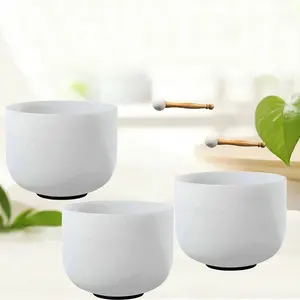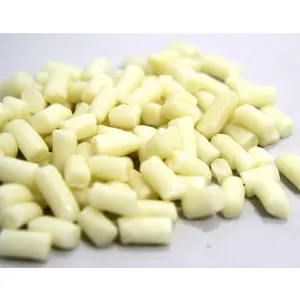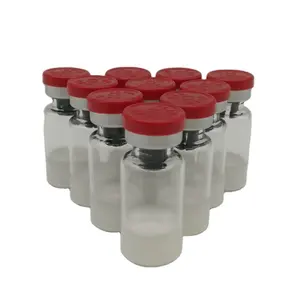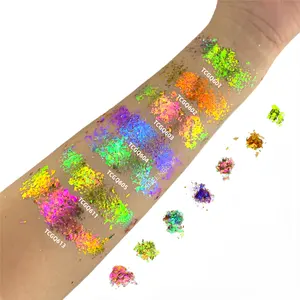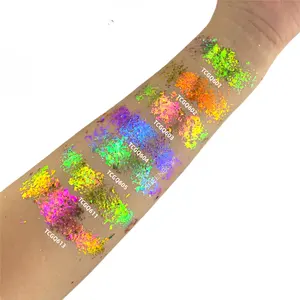Popular in your industry















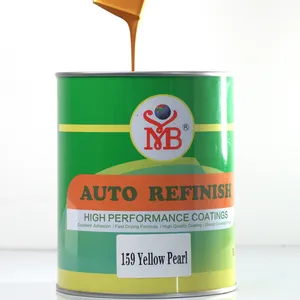




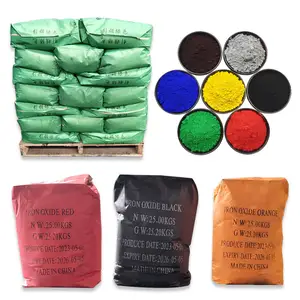



































Related Searches:

































































































































Top categories
About brass paint
Introduction
Brass paint, with its luxurious finish and durability, has become a popular choice for those seeking to add a touch of elegance to their projects. This article provides an in-depth guide to understanding brass paint, its types, benefits, and the steps involved in its application. We delve into the importance of surface preparation, the right tools for the job, and the application process itself. Additionally, we discuss common mistakes to avoid for a flawless finish and tips on maintaining the brass finish for longevity. Whether you're a DIY enthusiast or a professional painter, this guide will equip you with the knowledge to achieve a stunning brass finish.
Understanding Brass Paint
Brass, an alloy of copper and zinc, is known for its bright, gold-like appearance and durability. Its composition can be varied to achieve different properties, making it a versatile material. Brass has been widely used in various applications due to its low friction, corrosion resistance, and excellent electrical and thermal conductivity. In the context of brass paint, these properties translate into a luxurious finish that is durable, corrosion-resistant, and visually appealing. The color of brass paint can range from soft golden hues to more silvery tones, depending on the copper and zinc ratio.
Types of Brass Paint
There are several types of brass paints available in the market. Each of these paints has its unique shade and finish, making them suitable for different projects. For instance, some brass paints are perfect for transforming secondhand items into beautiful new pieces, while others are ideal for giving items a vintage feel. It's important to choose the right type of brass paint based on the desired outcome of your project.
Benefits of Using Brass Paint
Powder coating, a type of brass paint, offers several benefits. It enhances the durability of brass parts, making them resistant to wear and tear. The coating doesn't fade, chip, or scratch, ensuring longevity. It also allows for a variety of color options, enhancing the aesthetic appeal of the brass parts. Moreover, powder coating is safe, environmentally friendly, and produces minimal waste. It's a time-saving process that guarantees protection of the brass parts from environmental damage and corrosive materials.
Preparation for Brass Painting
Preparing the surface is crucial for achieving a luxurious finish with brass paint. This involves degreasing to remove dirt and contaminants, using solvents like toluene or acetone. After degreasing, mechanical abrasion is employed to remove heavy deposits. Techniques include sand blasting or wire brushing. Post-abrasion, surfaces are degreased again to remove debris. Chemical treatment can also be used to improve adhesion. However, ensure safety regulations are met during these processes.
Choosing the Right Tools
To paint over brass, you'll need specific tools and materials. These include a piece of cloth, rubbing alcohol, metal primer, clean cloths for cleaning the brass, gloves, a respirator mask, and some eye protection. Rubbing alcohol is used to clean dirt, oil residues, or fingerprints off brass, ensuring the primer adheres properly to the surface. For metal primers, choose those that are affordable and compatible with any brass surface. Remember to take safety precautions, including wearing a mask, gloves, and eye protection equipment.
Surface Preparation
Surface preparation is crucial for achieving a luxurious finish with brass paint. This involves degreasing to remove dirt or contaminants, using solvents like toluene or acetone. Ensure all environmental, health, and safety regulations are met when selecting a solvent. Mechanical abrasion is also used to remove heavy deposits. Techniques include sand blasting, wire brushing, or sandpaper abrasion. After abrasion, surfaces should be degreased again to remove debris. Chemical treatments can also be used to improve adhesion, involving acids or alkalis. Always exercise caution when handling chemicals.
Applying Brass Paint
Applying brass paint requires careful preparation to achieve a smooth, even, and long-lasting finish. The key is to properly clean and prime the brass before painting. This process ensures a good surface for the paint to adhere to, making the painting job more effective and durable.
Step-by-Step Application Process
Painting brass objects, such as lights and fixtures, requires proper preparation. The key is to thoroughly clean and prime the metal before painting. This ensures a smooth, even, and long-lasting finish. The process involves getting the surface ready for painting, applying primer, and then the brass paint. This method enhances the paint's adherence and prolongs its lifespan.
Common Mistakes and How to Avoid Them
When applying brass paint, common mistakes can compromise the finish. Forgetting to clean the surface can prevent proper paint adhesion. Skipping the use of primer can result in a less vivid color. Applying a second coat before the first one dries can lead to uneven coloring or peeling. Painting over a stain without using a stain-blocking primer can cause the stain to reappear. Waiting too long to remove painter's tape can peel off a layer of paint. Lastly, choosing a color that's too dark can result in an undesired finish. Avoid these mistakes for a flawless brass paint application.
Maintaining the Brass Finish
Maintaining the finish of brass paint involves regular cleaning and care. To preserve the patina, use mild soap and water and gently wipe the brass. Avoid abrasive or acid-based cleaning products as they can remove the patina. Vinegar can dull brass if left on the surface for too long or if the brass is scrubbed too hard with it. Use vinegar sparingly when cleaning brass, and always mix it with water or other products to minimize its abrasiveness.
Cleaning and Care Tips
Maintaining the finish of brass paint involves regular cleaning to prevent tarnish. For badly tarnished brass, an ultrasonic cleaner machine with a solution of citric acid and lemon oil can be effective. For everyday cleaning, a microfiber cloth and water are sufficient. If your brass isn't too grimy, this might be all you need. For a more neglected piece, store-bought brass cleaners can help. To remove discoloration, use a cleaning product specifically designed for brass. Remember, regular upkeep efforts make it easier and quicker to restore your item.
Longevity and Touch-ups
Maintaining the finish of brass models, especially those that are not frequently used, requires careful storage. If the brass is cleaned, etched, and recoated but not painted, it retains its original value. The models should be stored in a way that prevents tarnishing or corrosion. Older brass models that weren't painted can tarnish over time, but a clear coat can help prevent this. The models should be wrapped and stored in a clean, dry place, ideally in their original packaging. Regular care and maintenance can ensure the longevity of the brass finish.
Conclusion
In conclusion, brass paint offers a luxurious and durable finish that can transform any project. The key to achieving this lies in understanding the types of brass paint, preparing the surface correctly, choosing the right tools, and applying the paint with care. Avoiding common mistakes can ensure a flawless finish. Furthermore, regular maintenance and care can preserve the beauty of the brass finish, enhancing its longevity. Whether you're upcycling a secondhand item or giving a vintage feel to a piece, brass paint can add a touch of elegance and sophistication. With this guide, you're well-equipped to embark on your brass painting journey.
